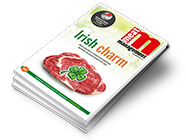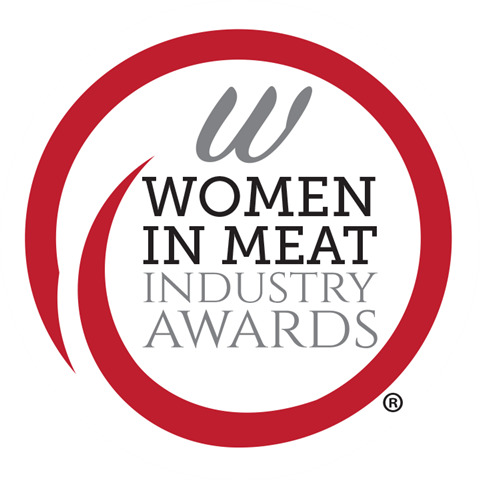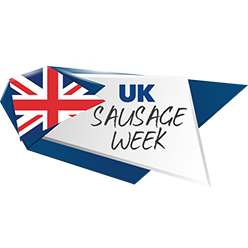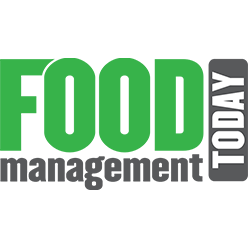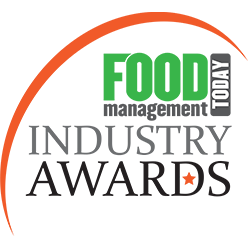An assessment of red meat prices by Quality Meat Scotland (QMS) has found that prices remained “strong despite mixed market conditions”.

QMS market intelligence manager Iain Macdonald said that farmgate prices for beef, sheep and pigs had remained “well supported” through September and into October, with tight supplies relative to 2024 balancing against seasonally higher availability for slaughter and a “challenging” economic backdrop.
Beef
Macdonald reported that prime cattle prices held firm through September and the first half of October, despite a seasonal lift in weekly slaughter, pointing to “resilient” demand. While prices sat at around 9% below their spring peak, they remained around 25% higher on the year, supported by lower production in 2025.
Tighter numbers and strong finished prices have underpinned the store trade, said Macdonald, supporting producer confidence, though the stronger uplift in store prices in 2025 is “likely to be squeezing finishing margins”. Macdonald stated that given this context, and with labour and energy costs remaining elevated, lower grain prices will be welcome this year.
Cow prices have steadied about 5% below their spring high and remain 35-40% above last year, signalling a “notably stronger” trade for cow beef compared with prime cattle. This points to a shift in demand towards cheaper products driven by sharp consumer price inflation for beef.
Defra data showed that GB prime cattle slaughter was down almost 5% year-on-year for the first nine months of 2025, with overall UK beef production falling more than 4%. In Scotland, prime cattle throughput remained below 2024 levels in September, reflecting a 3% reduction in numbers on-farm in July, and one less abattoir in operation. QMS highlighted that much lower slaughter over the summer due to the impact of consumer price inflation on the volume of demand could leave supplies less tight than initially expected this autumn.
Imports of competitively priced non-EU beef – mainly for the foodservice sector – surged over the summer, said QMS, in contrast to lower EU imports, driven by a shortage of cattle in Ireland. However, a reduced volume of demand in the domestic market supported export growth in the summer and overall availability of beef across the UK fell by 3.5% in the first eight months of the year.
Macdonald commented that calf numbers recorded in July hint at some rebuilding of future supply, supported by lower mortality in spring 2025, which could start to ease some of the tightness in the market by mid-2026.
Sheep
QMS found that lamb prices had steadied between late-August and early-October, averaging around £3/kg lwt at Scottish auctions – roughly 5-10% above last year’s levels.
Throughput remained “sluggish” for the time of year, which Macdonald said helped to keep prices supported. Meanwhile, after increasing slightly in July, GB abattoir slaughter slipped 3-4% behind 2024 levels in August and September.
Further analysis showed there was a slight dip in auction prices at the start of October, but they remain close to £3/kg compared to around £2.75/kg in October 2024 and £2.50/kg in 2023.
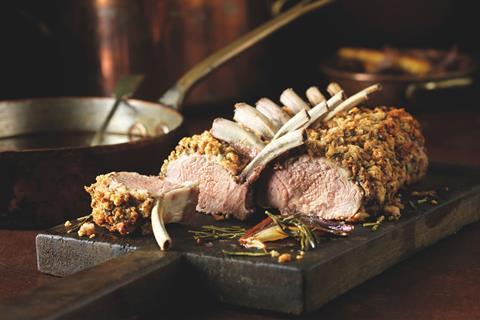
Store lambs have also traded strongly, up 10-15% year-on-year, reportedly indicating high confidence among finishers despite more store lambs coming forward.
England’s June census pointed to a 5% smaller lamb crop, which Macdonald said may suggest numbers could stay tight this season. Scotland’s figures, due later this month, will offer further clarity.
Rising lamb prices in the Southern Hemisphere, driven by lower production and strong overseas demand, have pushed up UK import costs, found QMS. It said this could bolster UK market competitiveness heading into winter, though higher levels of import penetration seem likely to continue. At the same time, UK exports have been supported this year by the long-term decline in the EU sheep flock.
Pigs
Pig prices followed a typical seasonal trend through September and into October, easing slightly from summer highs as slaughter numbers and carcase weights increased. Prices are around 1% lower than last year but remain 10-15% above the five-year average, sitting just above estimated production costs and supporting producer confidence.
Scottish abattoirs continued to process slightly more pigs than in 2024 during September, suggesting “solid market demand” from their customers given a slight reduction in pig numbers going to slaughter from Scottish farms.
UK pig production eased during the summer months after “steady growth” earlier in the year, but it did edge higher again in September, meaning production rose nearly 2% in the first nine months of 2025.
However, Macdonald’s analysis found that overall UK market supply has “dipped back slightly” as imports from the EU have remained subdued despite highly competitive pricing, while exports – particularly to China – have edged higher thanks to renewed market access and opportunities linked to higher Chinese tariffs on US and EU pork.
Economic context
Despite global uncertainty, QMS highlighted that energy prices have remained “relatively stable”, though gas and fertiliser costs continue to weigh on farm businesses. Strong global harvests have kept feed prices anchored, with futures suggesting stability into winter.
Wage growth has continued to outpace inflation, offering some support to household spending. However, rising food prices have dampened retail red meat sales volumes, particularly for beef. While GDP growth has held steady, business confidence remains muted. Nevertheless, tight supplies and firm export demand are helping to keep the UK red meat sector on a solid footing as the year draws to a close.
